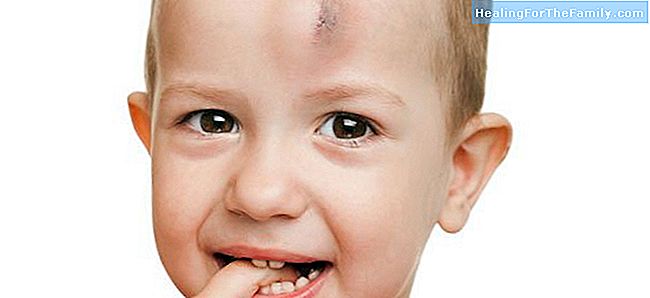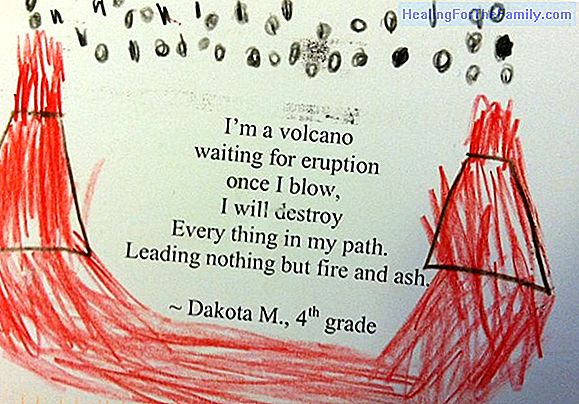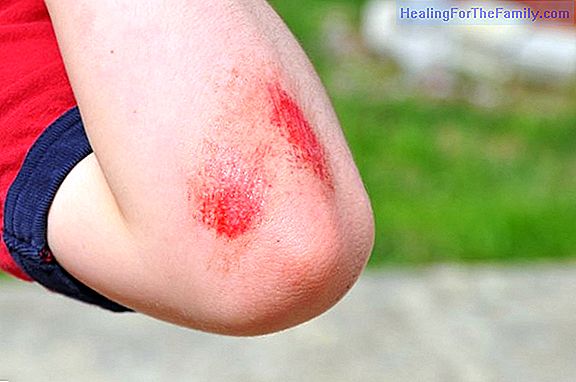Three false myths of head injuries in children
One of the reasons for consultation in the most frequent emergencies are blows to the head or, as we say doctors, head injuries. In Guiainfantil.com, we comment on three false myths related to this pathology. What is not true about the bumps that children can make. 3 misconceptions about the bumps i
One of the reasons for consultation in the most frequent emergencies are blows to the head or, as we say doctors, head injuries.
In Guiainfantil.com, we comment on three false myths related to this pathology. What is not true about the bumps that children can make.
3 misconceptions about the bumps in childhood

1. It is better that, as a result of the blow, there appears an "external" bleeding. There are many people who think that, in the face of a head injury, the appearance of a wound on the head prevents internal brain bleeding. This is not like this. There is no relationship of any kind between both facts. The risk of the appearance of internal brain bleeding is related to high-energy trauma (violent shock), falls from high altitude, previous coagulation problem, etc.
2. When a child suffers a head injury you should not be left to sleep. This is false. Keep in mind that your son, after the blow, will have taken a good tantrum, will be scared, will have cried. And, consequently, it will be exhausted and you will want to sleep. Let him fall asleep. Yes, try to wake him up every 3-4 hours in the first 24 hours after the blow, and wake him gently to check that he reacts.
3. If your child has suffered a severe blow to the head, a skull x-ray should be done. This exploration has very little utility, very it is a very little sensitive and specific test. The important thing before a head injury is to know if a hemorrhage has appeared inside the skull. For this, observation is decisive. They are considered signs of alarm: deterioration of the level of consciousness, repeated vomiting, severe headache that does not subside with the usual painkillers, appearance of abnormal movements or loss of sensitivity, behavior disorder and / or change in the size of the pupils. In any of these circumstances, the pediatrician will consider performing a computerized tomography. This test is very sensitive and specific.












